![]()
We can be consistent, concise and clear, but if we are not candid, we will not be able to maintain the trust and engagement of our coalition or team. How many times have you been in a meeting where you sensed tremendous tension in the room but no one was willing to admit it? How often have you been part of a team that only really talked about the “easy” topics in order to avoid conflict? Is there competition among partners? Do your partners have a forum to openly express satisfaction or dissatisfaction? Are there partners who have committed to specific responsibilities but haven’t followed through with their commitments?
Coalition and teamwork is difficult. Working with people can be very rewarding but it can also be very challenging. When we avoid being candid, we may avoid some temporary discomfort, but we will eventually struggle to be a functional team. One of my favorite books on teams is Patrick Lencioni’s 5 Dysfunctions of a Team. One theme that is consistent for “functional” teams is that they are willing to be candid with one another. Merriam Webster defines candid as being “marked by honest, sincere expression”. When we are candid with our teams and coalitions, we create healthy, engaging and productive environments where people can work together better.
Here are 3 ways you can communicate more candidly with your coalition or team.
- Engage in one-on-one conversations. One of the best ways to encourage candid conversations is to host on-one-one meetings or “key informant interviews” with your partners or team members. This is best done in-person or via video chat so that you can hear what they are saying and “see” what they are saying (non-verbal communication). A one-on-one setting usually provides an opportunity for people to be more honest than they would in a group or via email. Many years ago, I was part of a coalition that was struggling with participation and engagement. My co-lead and I spent time having conversations with each of the members of the coalition. We discovered that many of the coalitions members had the same concerns but they were unwilling to bring them up in a group setting. After hearing this from several individuals, we were able to better understand the challenges and then candidly communicate and take action with the group without having to mention anyone specifically.
- Address conflicts directly. As a leader and facilitator of a group, it is your responsibility to recognize the tension and be willing to address it. You can be the one to “check in” with the group. If you see folks looking disinterested or angry, it’s a good idea to pause and admit that you see concern on their faces and provide an opportunity for folks to share their concerns. If they don’t feel comfortable doing this openly, create opportunities for them to provide feedback in an anonymous way via a paper or electronic survey after the meeting. You may also notice that one of the team members is particularly condescending to others. As a leader, one of the best things you can do during the meeting is to “reframe the negative remarks” or leave room for other possibilities. For instance, if you have someone who talks negatively about others (whether they are in the room or not), you can suggest that there is likely more to the situation that we don’t understand and that we are all under tremendous stress. After the meeting, it’s a good idea to schedule a one-on-one meeting with that person to learn more about their concerns as well as to express your concerns about the negative impact that kind of behavior makes on the team. If you avoid addressing the conflict and the person, it will not get better. Unfortunately, it may cause tremendous damage that impacts your ability to accomplish your collective goals.
- Publicly praise partner contributions. When we think of being candid, the tendency is to focus on the negative (aka, addressing conflict). While that is important, it’s just as important to be honest and sincere about the specific positive contributions of your team and coalition members. Take the time to be honest and appreciative of the contributions of your team members. For most coalitions in a non-profit setting, those participating are volunteers. They are not getting paid to work with you! When you take the time to provide honest and sincere appreciation for their efforts, they will be more likely to want to keep working with you. You can also write them handwritten notes of appreciation! While this isn’t public, it can be very powerful in expressing candid communication that keeps your team engaged and productive.
So what about you? How are you going to be more candid in your communication this week? What do you need to start (or stop) doing to help your team?
If you or someone you know would like to stay up-to-date on my weekly blog posts, subscribe today!
